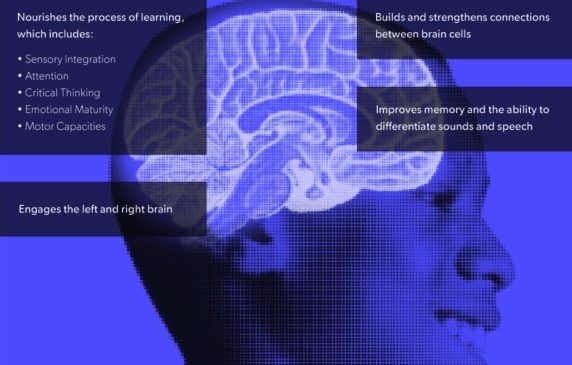In an increasingly digitized world, online learning platforms have emerged as indispensable tools for continuous professional development, skill acquisition, and even formal education. From individuals seeking to upskill for career advancement to businesses striving to train their workforce efficiently, the appeal of flexible, accessible, and often cost-effective learning solutions is undeniable. However, the sheer proliferation of platforms, each promising a unique blend of features and benefits, can make the selection process daunting. Navigating this vast landscape requires a discerning eye and a structured approach to evaluation, ensuring that the chosen platform truly aligns with specific learning objectives and delivers tangible value.
The initial phase of evaluating any online learning platform should always revolve around a clear understanding of your **learning objectives and content needs**. Before diving into features, articulate precisely what skills or knowledge you or your team aim to acquire. Are you looking for in-depth, accredited courses for professional certifications, or practical, hands-on tutorials for immediate skill application? Do you need content across a broad range of subjects, or highly specialized modules within a niche field? Some platforms excel in academic disciplines, others in creative arts, and still others in business and technology. For instance, if your goal is to train a sales team on effective negotiation tactics, a platform rich in role-playing simulations and case studies might be more suitable than one focused purely on theoretical lectures. Defining these needs upfront acts as a crucial filter, immediately narrowing down the overwhelming number of options.
Once content needs are established, a critical aspect to scrutinize is the **quality and credibility of the content and instructors**. The internet is awash with information, but not all of it is accurate or effective. Investigate the credentials of the instructors: are they recognized experts in their fields? Do they have practical experience, or are they purely academics? Examine the course outlines, sample lectures, and student reviews for insights into pedagogical approach and depth of material. For accredited courses, verify the accreditation body and its reputation. A platform might boast a vast library, but if the content is outdated, poorly structured, or taught by unengaging instructors, its value diminishes significantly. Look for platforms that prioritize not just quantity, but genuine expertise and effective instructional design, ensuring that the learning experience is both informative and inspiring.
Beyond the content itself, the **user experience and technological robustness of the platform** are paramount. An intuitive, user-friendly interface is crucial for sustained engagement. Is it easy to navigate courses, track progress, and access supplementary materials? Does the platform offer reliable streaming for videos and quick loading times? Consider accessibility features, such as closed captions, transcripts, and mobile compatibility, which ensure learning can occur anywhere, anytime, and for diverse learners. A clunky, glitch-prone platform will quickly lead to frustration and abandonment, regardless of how good its content might be. Imagine a busy professional trying to squeeze in a module during their commute; a seamless mobile experience becomes a non-negotiable requirement.
Furthermore, consider the **interactive and community features** offered by the platform. Learning is often enhanced through collaboration and discussion. Does the platform facilitate interaction with instructors and fellow learners through forums, Q&A sessions, or live webinars? The ability to ask questions, share insights, and engage in peer-to-peer learning can significantly deepen understanding and retention. Some platforms offer graded assignments, peer reviews, or capstone projects that provide practical application and valuable feedback. This interactive dimension transforms passive consumption of information into an active, engaging learning journey, replicating some of the benefits of traditional classroom environments.
Finally, a thorough evaluation must include a close look at the **cost structure and customer support**. Pricing models vary widely: some platforms offer subscription services, others charge per course, and some have tiered access. Carefully assess which model provides the best value for your specific needs. Are there hidden fees? What is the refund policy? Equally important is the quality of customer support. What happens if you encounter a technical issue, have a question about a course, or need assistance with billing? Responsive, knowledgeable customer service can significantly enhance the overall learning experience and demonstrate the platform’s commitment to its users. A platform might seem perfect on paper, but if its support system is non-existent, it can quickly become a source of frustration when problems arise.
In conclusion, selecting the right online learning platform is a strategic decision that can significantly impact skill development and business growth. It’s a multi-faceted process that moves beyond superficial appeal to a deep dive into learning objectives, content quality, user experience, interactive capabilities, and practical considerations like cost and support. By meticulously evaluating these key areas, individuals and organizations can confidently choose a platform that not only meets their current needs but also serves as a robust and reliable partner in their continuous pursuit of knowledge and professional excellence.




